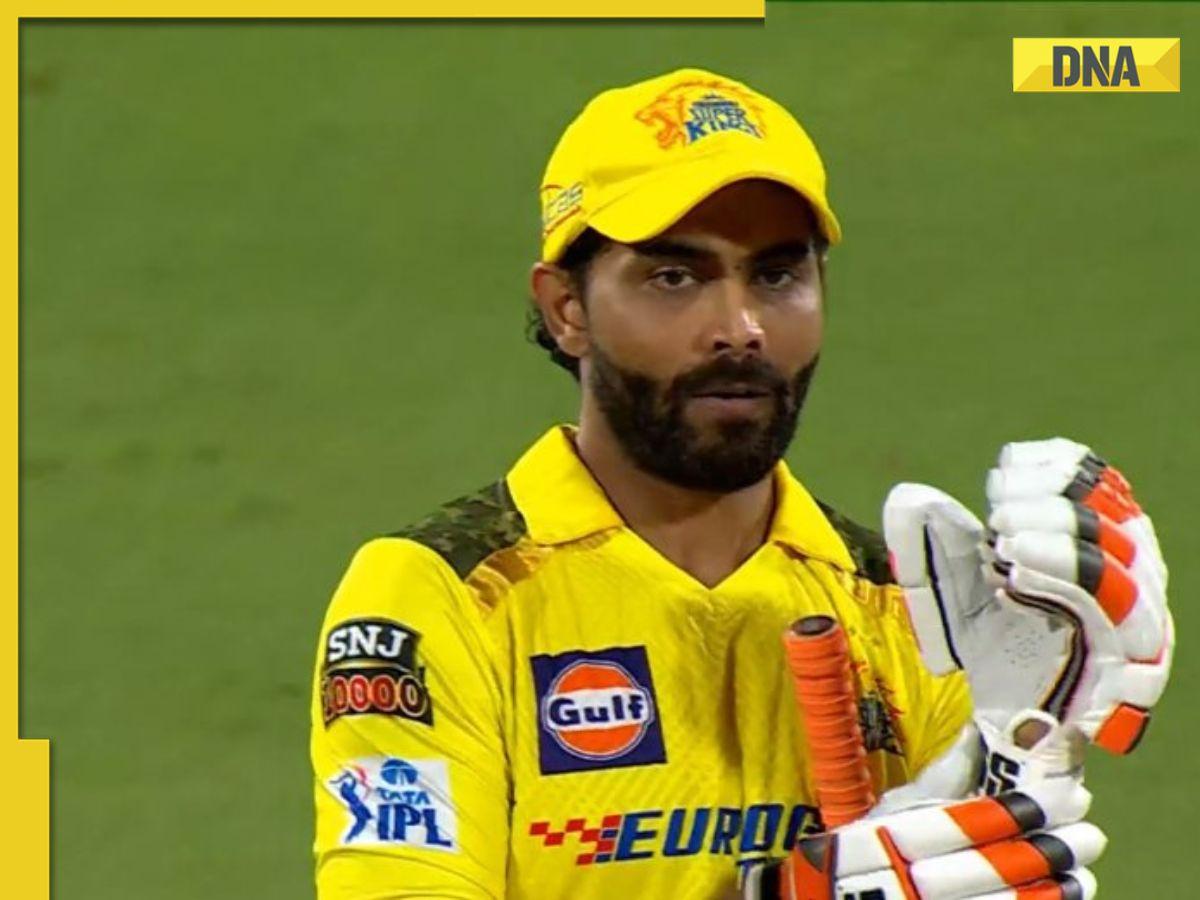
The atmosphere at the MA Chidambaram Stadium was electrifying as the Chennai Super Kings (CSK) all-rounder Ravindra Jadeja found himself at the center of a cricketing controversy. In an IPL 2024 fixture fraught with tension against the formidable Rajasthan Royals (RR), Jadeja’s dismissal due to obstructing the field sent shockwaves throughout the stands and across the cricketing fraternity.
The incident occurred during the high-stakes chase in the twilight of CSK’s innings. Jadeja, having managed to score a tentative five off seven deliveries, was looking to anchor and accelerate the innings. With CSK fans rooting for a turn in fortunes, the second innings held their breath as each ball was played.
As it so happened, during the 16th over’s penultimate delivery, bowled with guile and precision, Jadeja guided the ball skillfully towards third man. The batsman hustled for a quick single and contemplated the feasibility of a second run. His partner and CSK captain Ruturaj Gaikwad, however, thought otherwise and sent Jadeja back.
It was during Jadeja’s dash to make his ground that the drama unfolded. RR’s skipper Sanju Samson, with lightning reflexes, aimed for a direct hit at the stumps in hopes of a run out. The ball, however, struck Jadeja instead. The RR contingent was quick to appeal, claiming obstruction of the field. What followed next was a bout of anticipation as the third umpire meticulously reviewed the footage.
Upon replay, it was evident that Jadeja had deviated from his original path. The third umpire had no choice but to uphold the on-field decision. This decision rendered Jadeja out by the law of obstructing the field – a rarity in the game and the first instance in the ongoing IPL season.
For the uninitiated, ‘obstructing the field’ may seem like an abstruse term. So, what does the law stipulate? Under the Marylebone Cricket Club (MCC) laws – which are the custodians of cricketing regulations – a batsman is declared out if he/she wilfully attempts to defend his wicket through means other than the bat. The exact law (37.1) states: “The striker is out Obstructing the field if, except in the circumstances of 37.2, in the act of receiving a ball delivered by the bowler, he/she wilfully strikes the ball with a hand not holding the bat. This will apply whether it is the first strike or a second or subsequent strike. The act of receiving the ball shall extend both to playing at the ball and to striking the ball more than once in defence of his/her wicket.”
Such a dismissal raises numerous questions. Was the path alteration intentional? Could the contact with the ball have been avoided? Despite the retrospective clarity that the video may present, the moment’s heat and the instinctive nature of a batsman’s response can often blur the lines between intent and reflex.
Jadeja’s dismissal on that fateful Sunday evening could have fundamental implications. Not only did it turn the tide of the game – snuffing out a potential match-winning innings – but it also resurrected a debate that is as old as the game itself: the spirit versus the letter of the law.
This event overshadowed the remarkable victory that CSK managed to secure. A triumph fashioned by the synergy of young Simarjeet Singh and steady Gaikwad, both crucial with the ball and bat, respectively. They ensured that CSK’s dreams of a playoff berth remained more than just a flickering hope.
In conclusion, the game of cricket once again surprised its aficionados with its uncanny ability to spring forth the unexpected. Jadeja’s unusual dismissal will no doubt be discussed and dissected in the coming days, serving as a reminder of cricket’s ever-evolving narrative and its penchant for drama.












